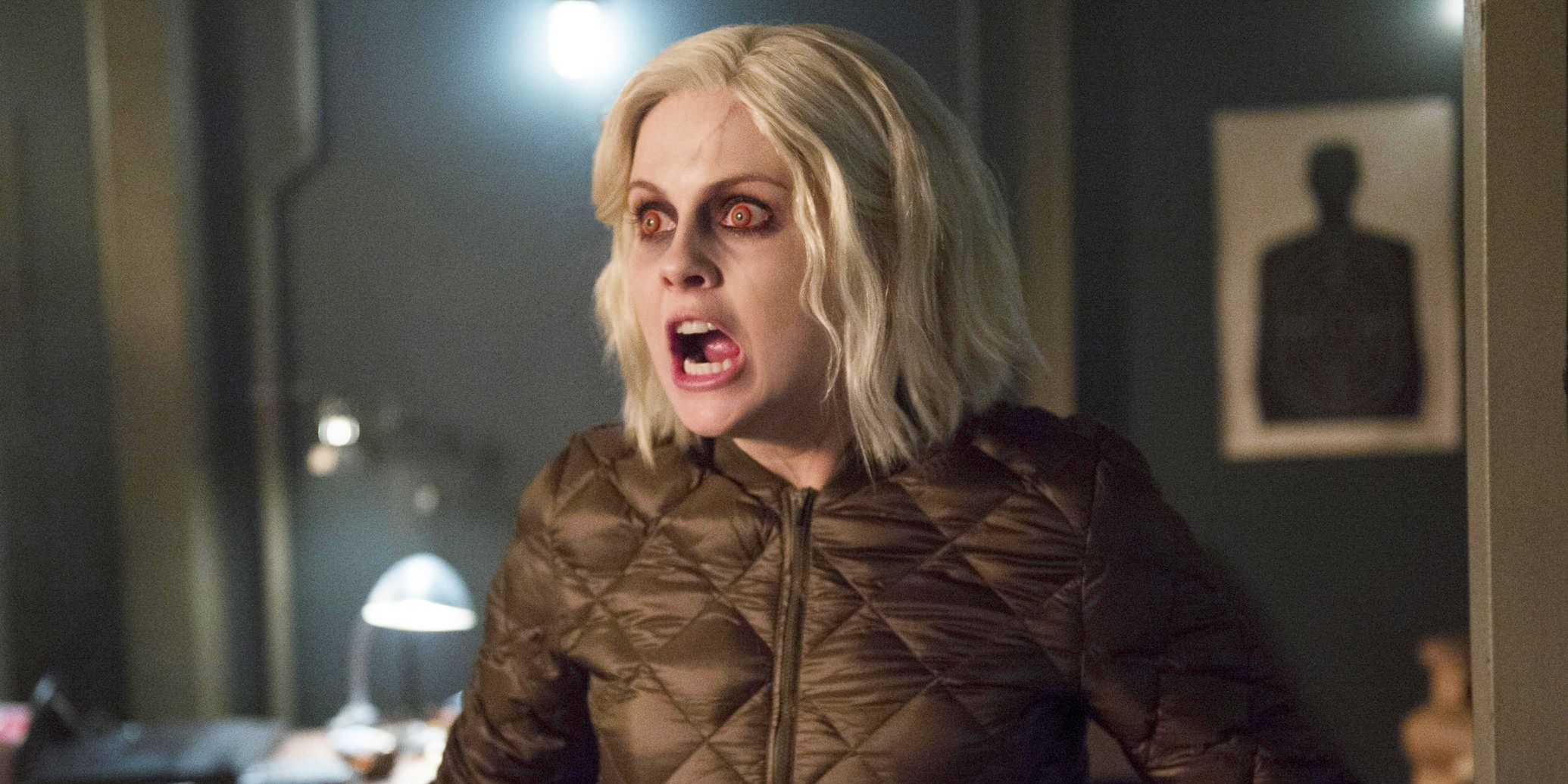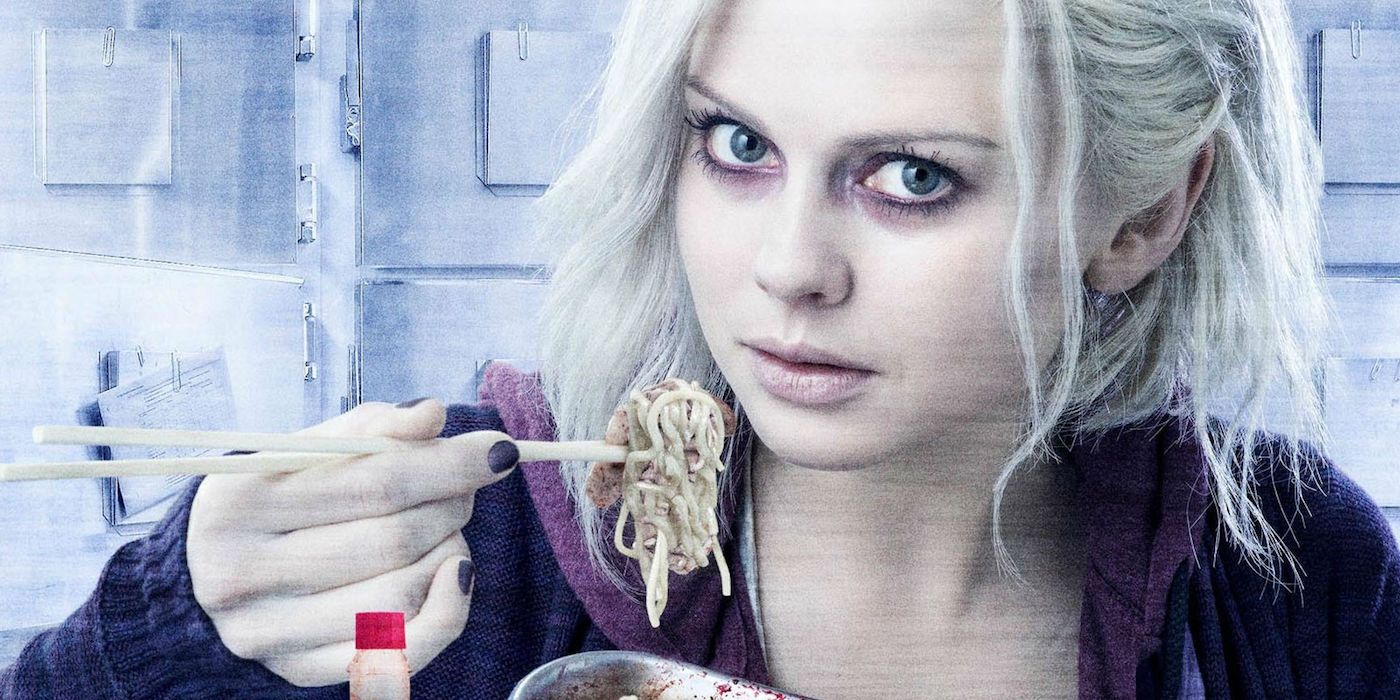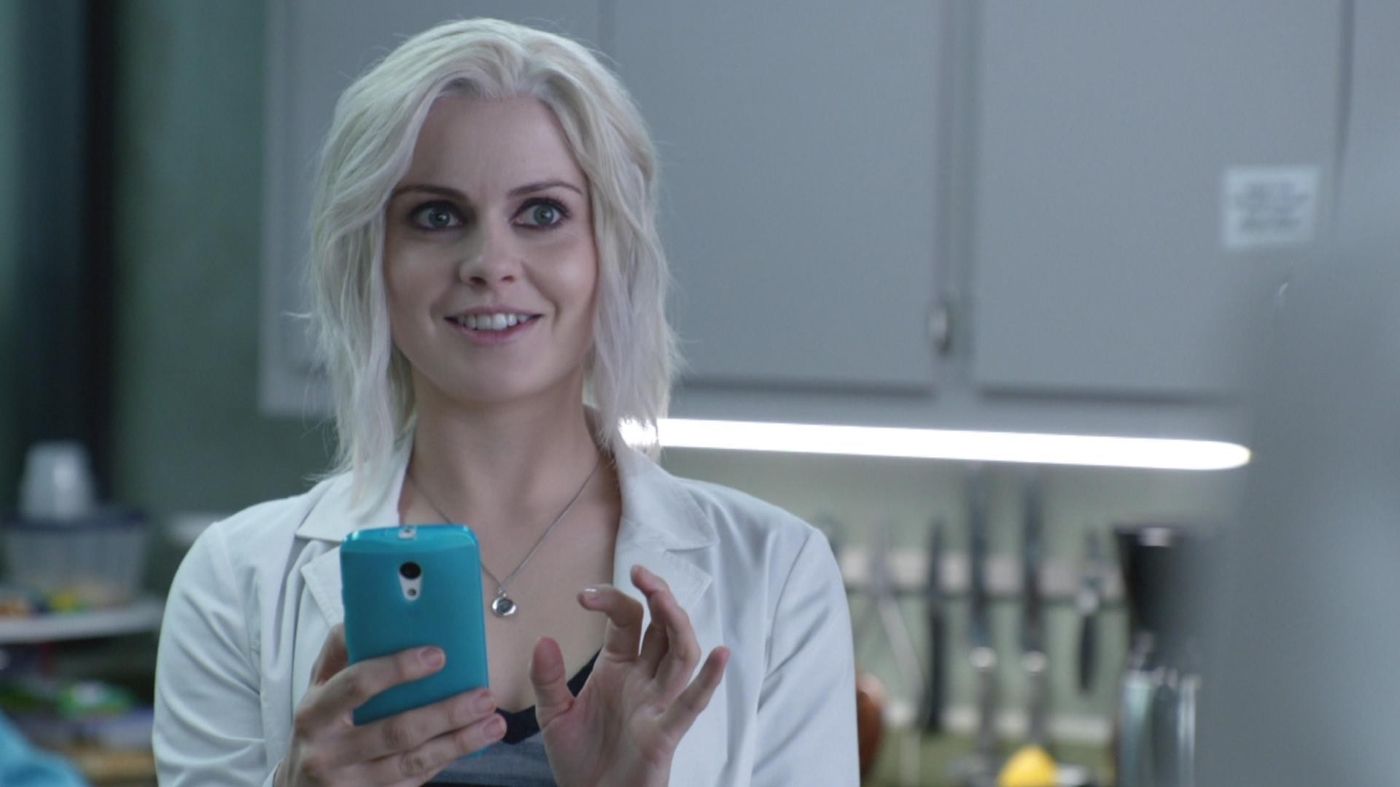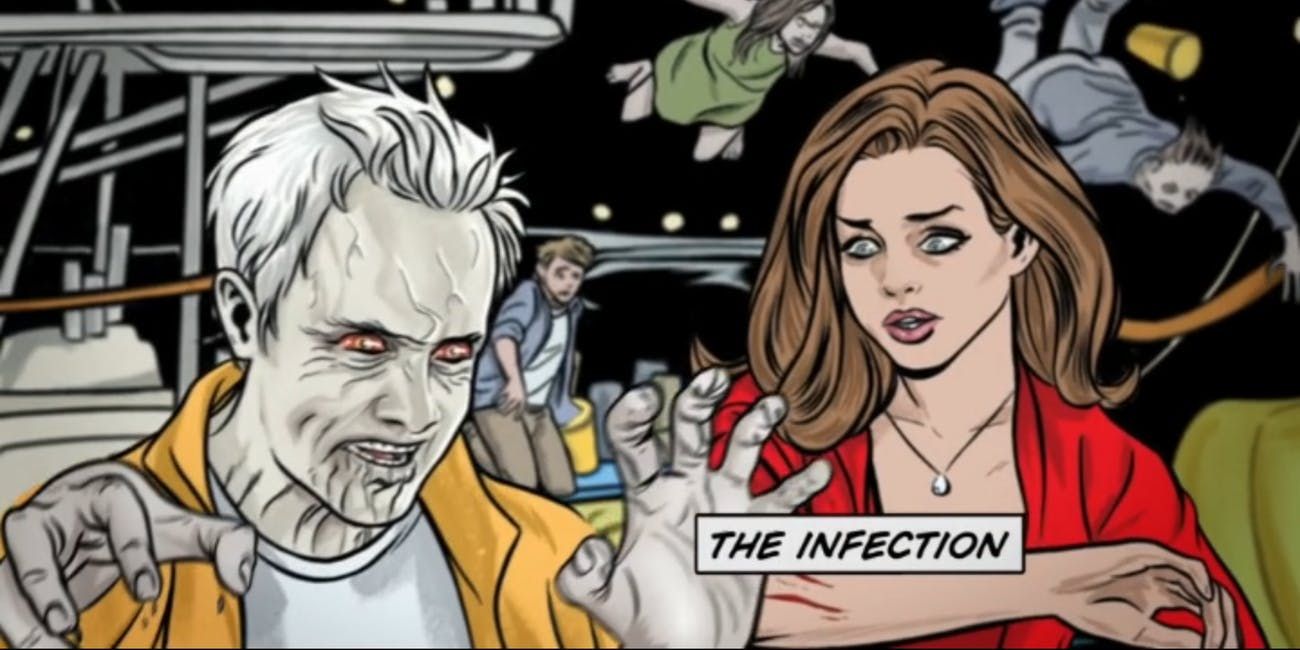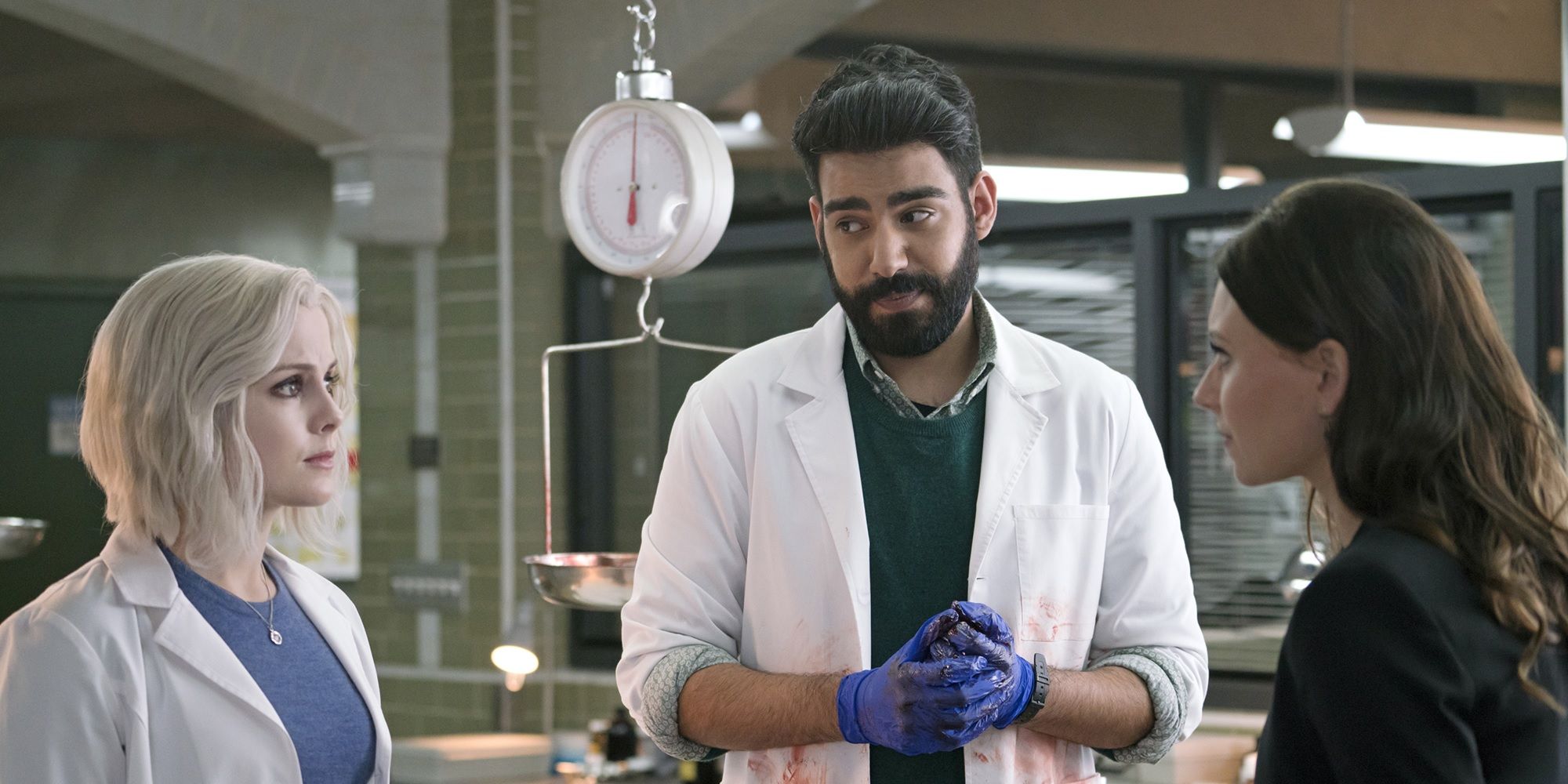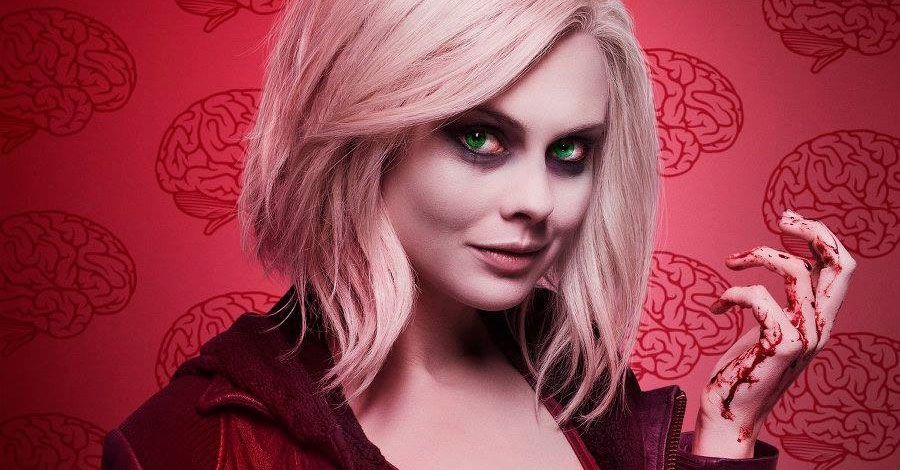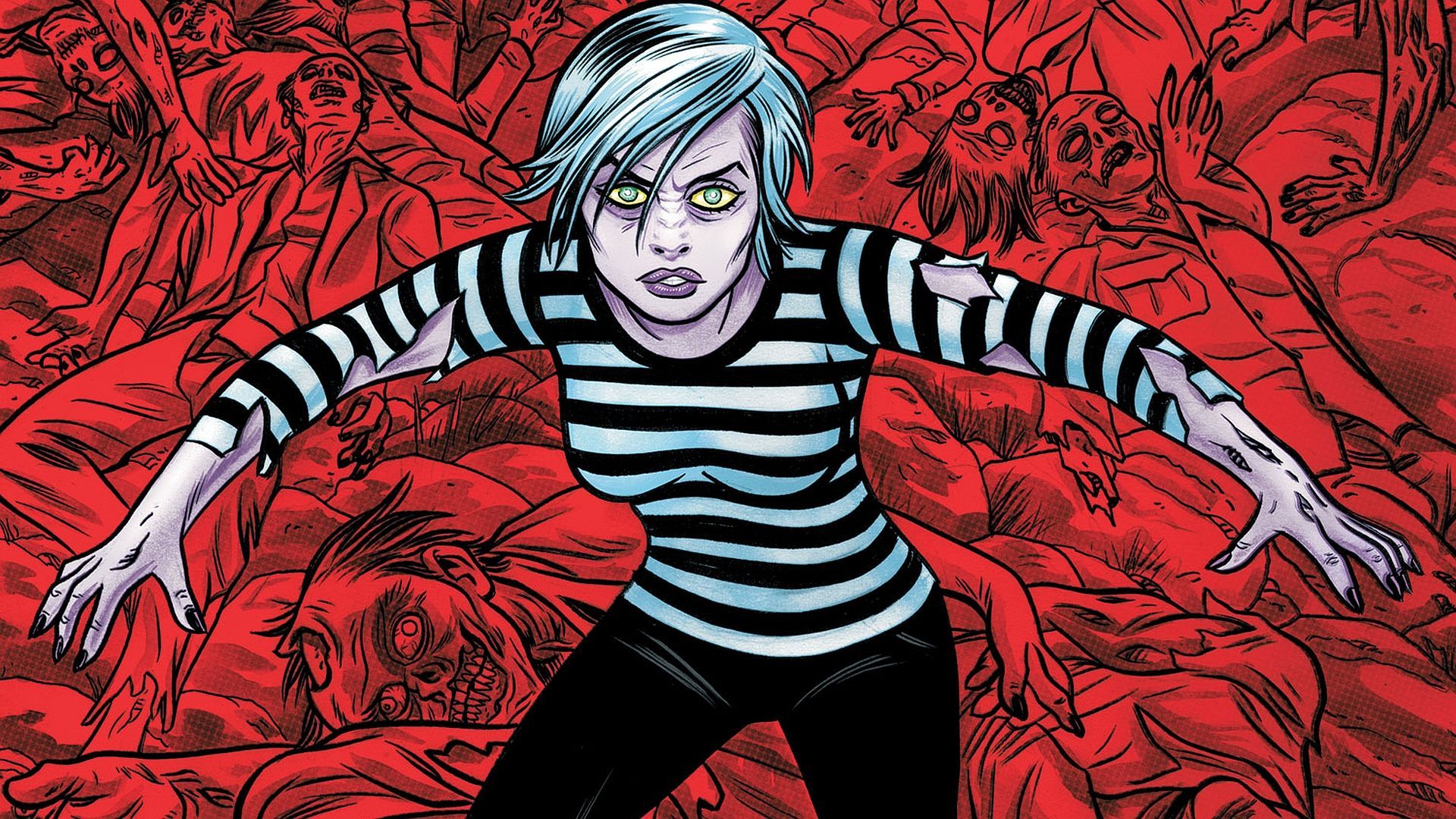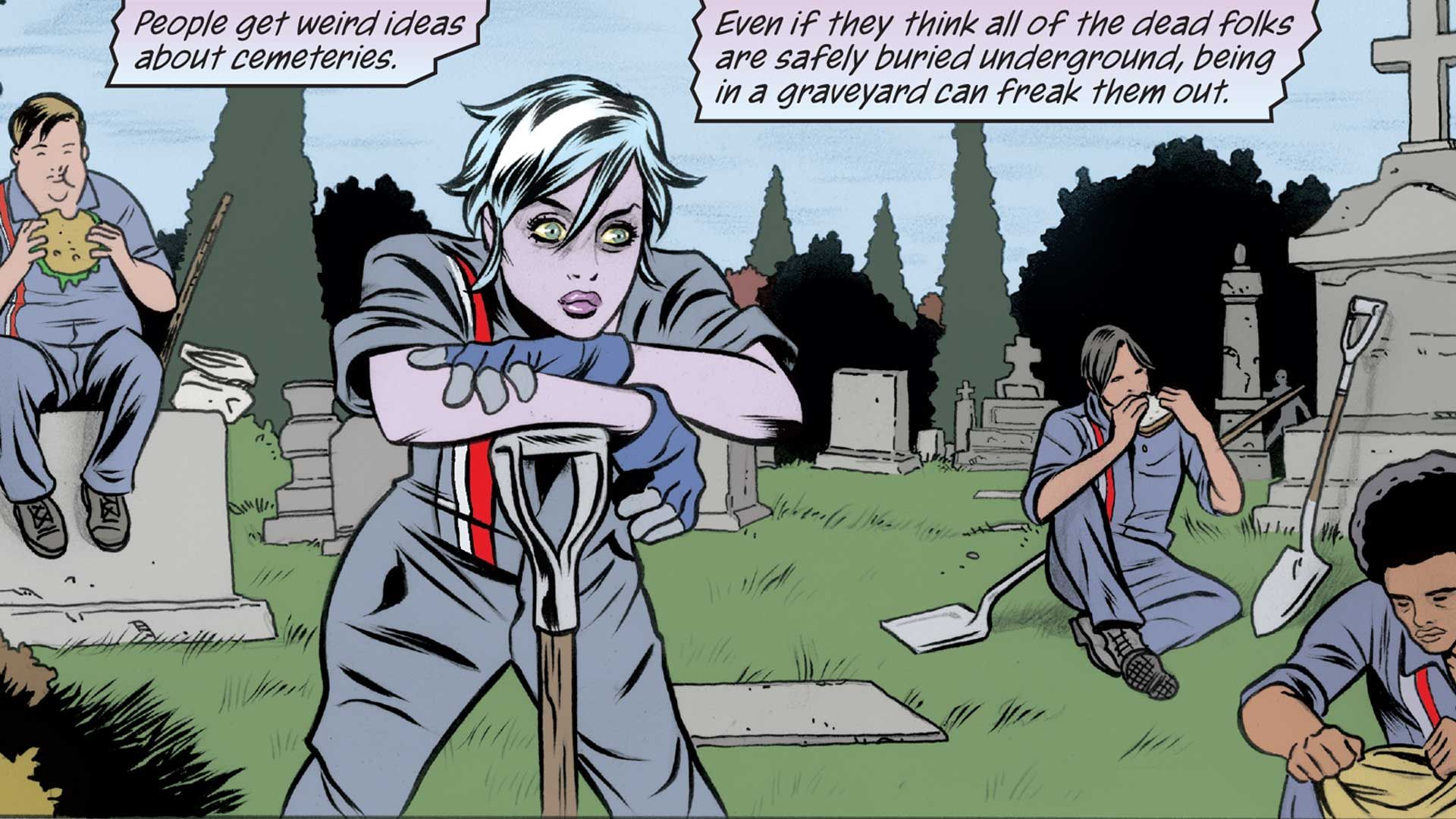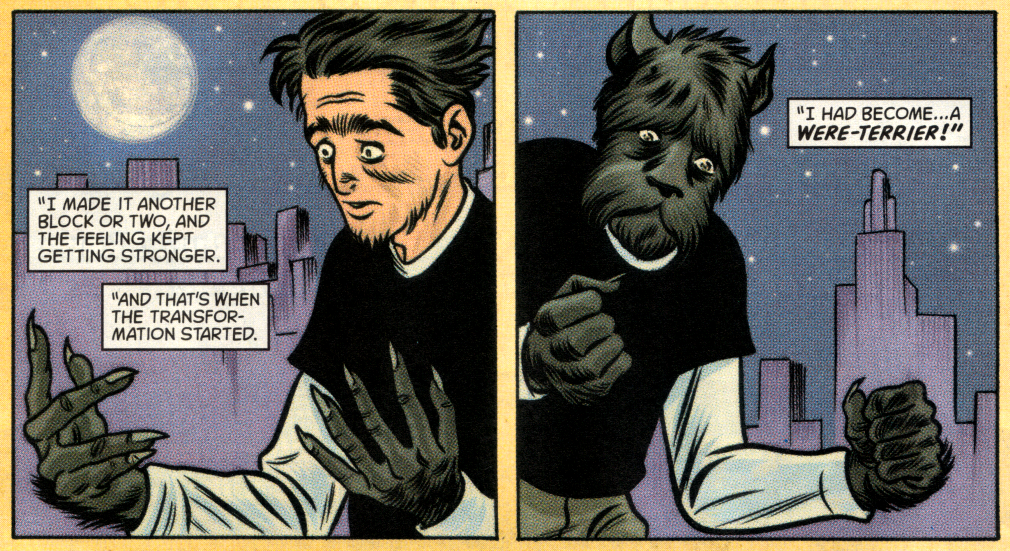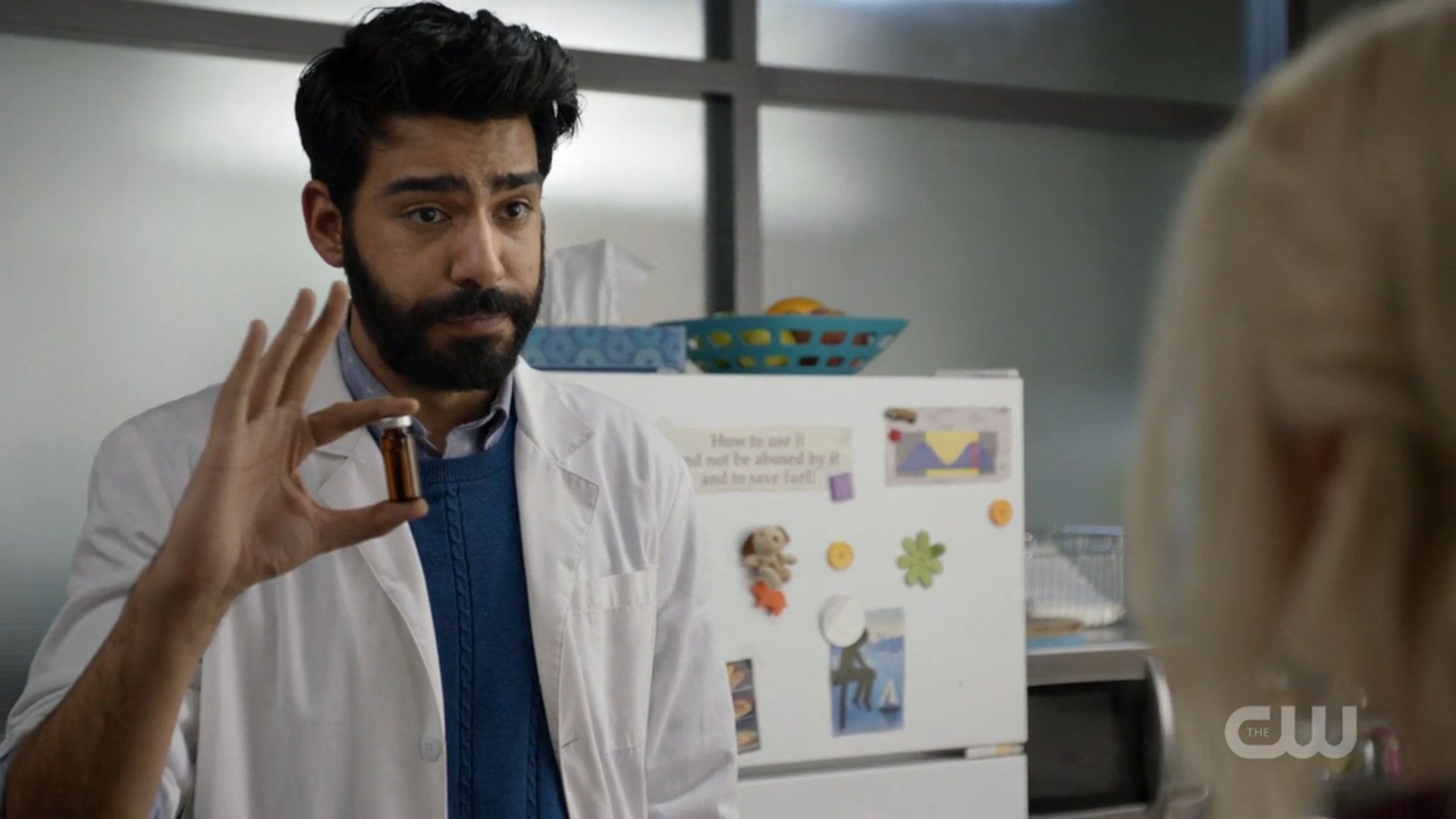With iZombie drawing to a close soon it's time to take a look back at the zombie show inspired by Chris Roberson and Michael Allred’s comic of the same name. Premiering in 2015, the show offered a fresh new take on the zombie genre, led by creator Rob Thomas (known for Veronica Mars). Though the show drew on the comic, it became wildly successful in its own right and marked itself as unique with some significant changes to the source material.
RELATED: 15 Awesome iZombie Memes
There were major departures from the story of the comic, the show has been a hit with the fans and has received support from the creators of the comic book. Here are the biggest changes and similarities to the comic book.
10. Kept The Same: Absorbing Memories
The main part of the comics that carries over to the show is the central premise. In both the comics and the show, Gwen and Liv absorb the memories and abilities of the people whose brains they eat. In the show, this leads Liv to even adopt certain personality traits of the recently deceased. This is the main similarity between the comic and the show, and the idea that Rob Thomas focused on in order to bring iZombie to TV. It leads to an interesting new take on crime-solving and fun ways to incorporate each new brain into the show.
9. Kept The Same: The Consequences Of Not Eating Brains
Both the show and the comics have a serious consequence for not regularly eating brains, which is why both Gwen and Liz need to find a steady source of brains to satisfy their appetite. In the comics, Gwen needs to eat brains or she will lose her memories and intelligence. If Liv doesn’t get her steady diet of brains she will devolve into a stereotypical zombie, who is completely out of control. They refer to these types of zombies as a “Romero,” in a nod to filmmaker George Romero.
8. Kept The Same: Art Style
One of the more interesting aspects of the comics to carry over to the show is found in the opening credits. The art style may seem remarkably familiar to fans of the comics and it's because the original artist, Michael Allred, was responsible for the art. This is a great example of the original creators collaborating with the show and giving their support. Having every episode open with Allred’s distinct style is a great homage to the source material and connects the adaption back to its inspiration.
7. Kept The Same: Physical Transformation
While Gwen and Liv both become zombies through different means (in the comics she emerges from her own grave), they both take on many physical traits of being a zombie that are similar. Each of them becomes incredibly pale, but both can pass as normal humans. This is a major deviation from the traditional zombie that would be very noticeable if they tried to masquerade as a human. In the show, Liv also loses her sense of taste and smothers all of her food in hot sauce.
6. Kept The Same: Crime Solving
While the setup of the procedural crime drama is new to the show, there is a history of Gwen using her abilities to solve crimes in the comics. The comic becomes a much more bizarre and otherworldly story, with plot lines that develop over the course of the series, but it started with Gwen and her friends using their powers to solve crimes. Rob Thomas and the creators took this idea and developed it to focus more on the crime-solving aspect that becomes the main focus of the show.
5. Biggest Changes: Name
One of the most obvious changes from the source material is Liv’s name. In the comic, the main character is named Gwen Dylan. For the show, the name was changed to Liv Moore, a clever pun alluding to her being a zombie. Aside from the attempt at humor, this may have been done to further separate the two characters, as there is much more than a name change that is different from the comics in the show. Gwen Dylan and Liv Moore feel very much like two different characters, and the name change helps to demonstrate this.
4. Biggest Changes: Supernatural Element
In the comics, zombies are far from the only supernatural creature running around. The world is filled with ghosts, werewolves, and a variety of other monsters. The show’s creators decided to take the idea of zombies and focus on that, partially due to the influence of other shows that were already on air. Rob Thomas stated in an interview, “We did change some things, and part of it had to do with other shows on the air. In the comic book, there are all sorts of monsters, but that HBO show True Blood was already doing the all the monsters.” This has led to the show having a much more grounded and realistic world than the comics.
3. Biggest Changes: Job
The show’s creators wanted to have a case of the week procedural drama and they found that changing Liv’s occupation provided the perfect opportunity. In the comics, Gwen Dylan is a gravedigger, which supplies her with the constant source of brains that she needs. Liv Moore works in a morgue, allowing her to eat the brains of those that she autopsies.
RELATED: iZombie's Final Season Adds NBA Legend Kareem Abdul-Jabbar
Having Liv in the morgue gives her a case every week that leads to the procedural crime drama the creators desired. Liv gains insight into every case through the brains she consumes, which she originally explains by pretending to be a psychic and is able to solve the crimes that led to their deaths.
2. Biggest Changes: Supporting Cast
None of the supporting cast from the comics carried over to the show, mainly because of the removal of other supernatural characters from the show’s world. In the comics, Gwen’s best friends are a ghost from the 1960s and a were-terrier (like a werewolf, but with a terrier). The show introduces a whole cast of new supporting characters, like Blaine and Dr. Ravi Chakrabarti, her boss in the morgue. Though we don’t get to see a were-terrier on screen, the new supporting cast is a great addition to the show.
1. Biggest Changes: Search For A Cure
While the explanation for Gwen being a zombie in the comics comes from the supernatural and mythological elements of the world, the show goes for the more traditional route of having it be a disease. This leads to a plot development of Ravi discovering that Liv is a zombie and trying to find a cure for her. The search for the cure offers Liv some hope that her life won’t always be this way and is an important part of the show while being completely absent from the source material.

